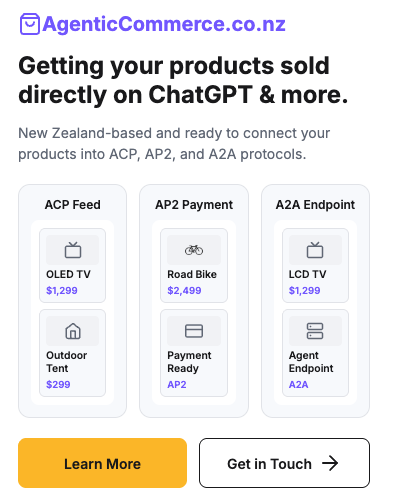(PR.co.nz) A new initiative has been launched to investigate and address undiagnosed vision problems in lower decile primary schools by some of the country’s top optometrists.
A pilot study at a decile one school found that 42 percent of year 4-7 students suffered from a range of conditions including high myopia and hyperopia which were referred for further examination.
Experts are concerned the problem is more widespread and that thousands of Kiwi children from poorer communities could be at risk of undiagnosed eye conditions.
Optometrist Jenny Stewart says while there is a current screening programme for children in their first week of school, children’s eyes are not sufficiently matured until between the ages of 9-12, which is when specialists are able to pick up additional eye conditions.
“The early results of the pilot study have been concerning. With such a high proportion of those tested exhibiting symptoms of eye condition, we believe many of these children have been coping with a significant barrier to their learning. ”
“In particular, we found a large number of cases where the child’s eyes were not tracking together properly; which means that these students would have difficulty concentrating on written material after just a few minutes.
“If these findings are extrapolated out through the more than 227,000 children aged 9-12 in the rest of country, it means there are potentially thousands of Kiwi children whose learning may be impaired due to eyesight issues.
“The current screening covers general visual acuity but won’t detect near vision or functional problems – effectively missing out on what we call the learning vision,” says Stewart.
As part of the charitable initiative which was funded by the Essilor Vision Foundation, children were screened for a wide range of conditions using specialised equipment.
Children were tested for distance and near vision, whether long or short sighted, astigmatism, colour vision, and near phoria – whether the eyes turn inwards or outwards.
Stewart says kids who have vision problems such as latent long sightedness can easily get labelled as lazy or seen as difficult in class.
“This is a real shame as often it can be down to eyesight issues which haven’t been picked up – as their eyes can compensate for the vision issue to some degree but the child can have some underlying discomfort which can put them off reading.
“I have had parents tell me that he/she is a completely different child since having their eye sight picked up.
Stewart said for those with a Community Services card, screening is subsidised for children aged under 16.
Stewart says with around 80% of school education material is presented visually, children only get one chance at school to get a good education.
“In my practice we are still seeing children coming in with problems not picked up by the school screening.”
“If parents have any concerns about their children’s progress at school or if they get headaches, complain about reading or rub their eyes a lot, or cover one eye when reading, or turn or tilt their head on an angle to see things more clearly, it’s important to get them checked by an eye specialist.”
For those with more serious eye conditions, they will be referred for a full exam and may need to go to an ophthalmologist.
Stewart says the Essilor Vision Foundation plans to continue the initiative in other parts of New Zealand.
Media Release 10 September 2015.

